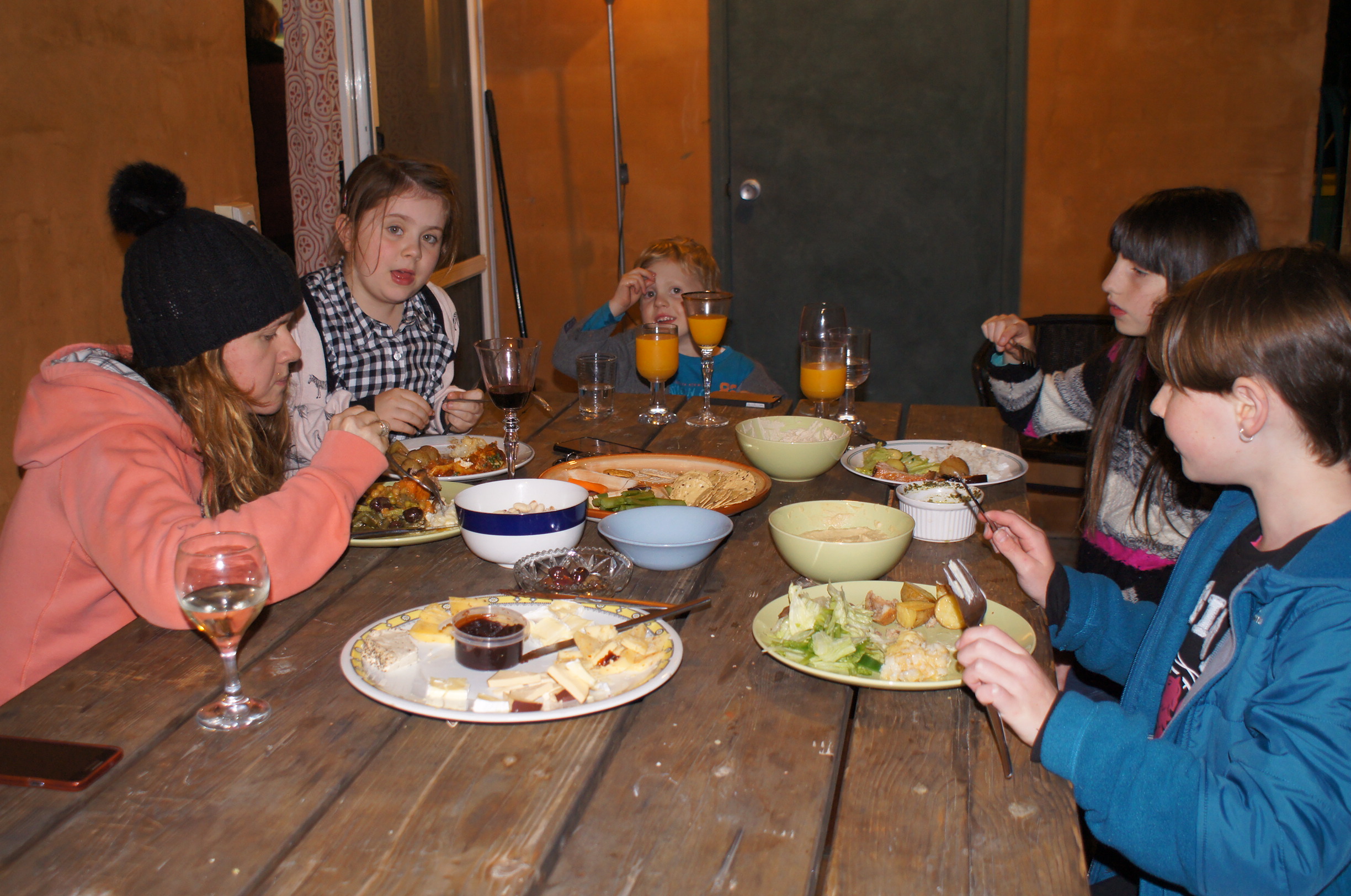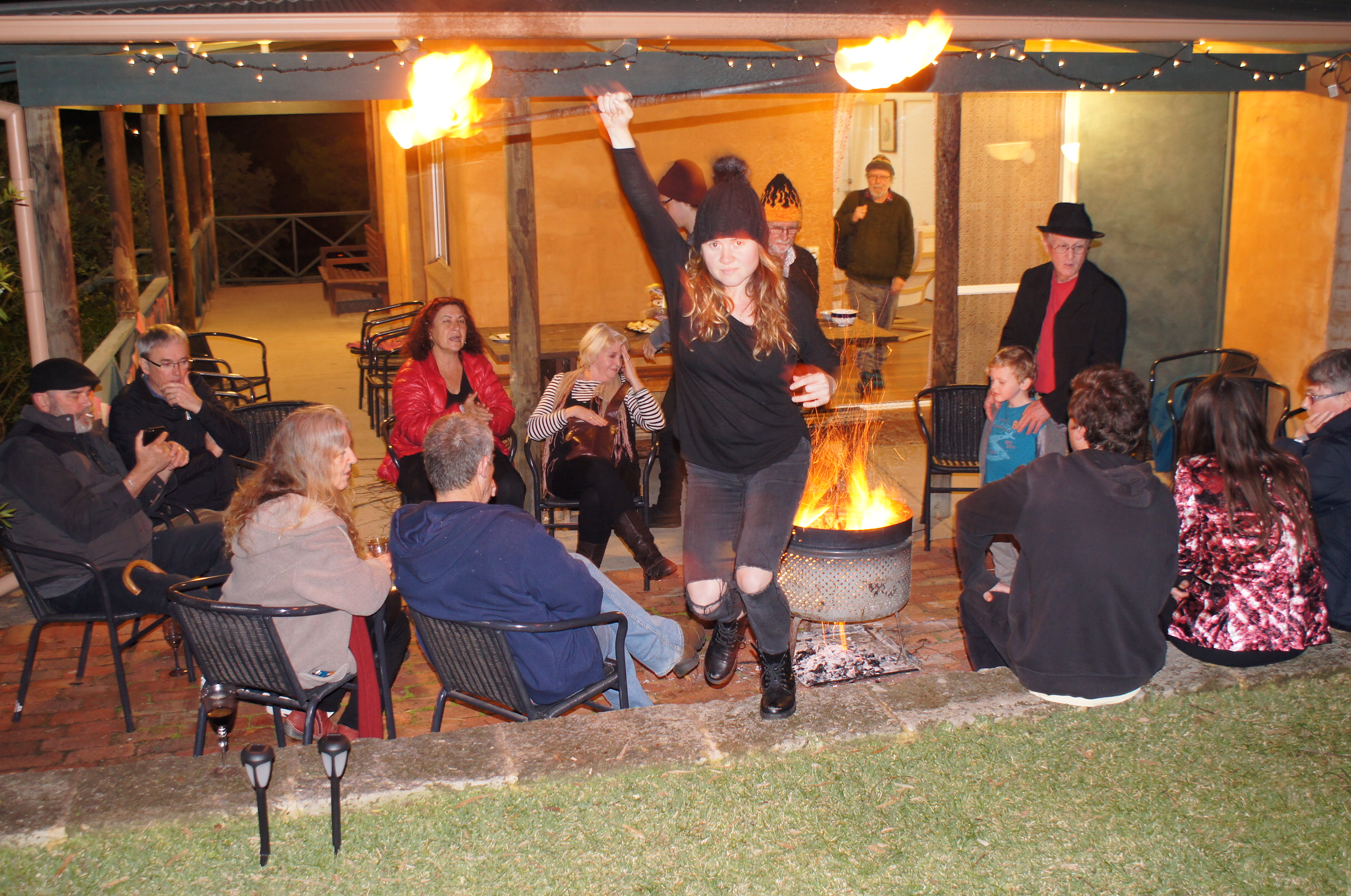
Kyloring, Witchcliffe
Co-operation Housing launches Kyloring Housing Co-operative, the next generation of housing co-operatives in Western Australia.
The Kyloring Housing Co-operative will be developing the centrally located aged and dependent person housing site within the Witchcliffe Ecovillage. “Kyloring Housing Co-operative is for people aged 55 and over or those living with a disability”, explains Eugenie Stockmann, CEO Co-operation Housing.
“Witchcliffe Ecovillage is the perfect place for what we believe will be a model for the next generation of housing co-operatives”, says Eugenie. “The opportunity to develop this project is testament to the vision for Witchcliffe Ecovillage”. According to the Ecovillage website ‘opportunities for affordable housing, social diversity, aged care and community building are an integral part of the Ecovillage design’.
Modelled on successful senior cohousing communities worldwide, Kyloring Housing co-operative aims to be a harmonious community rich in beauty, creativity, stimulation, and fulfilment, co-designed and managed by residents committed to ageing well, sharing their knowledge and experiences, caring for each other and the natural environment. Whilst the project does not offer assisted living or nursing facilities, and each member is responsible for themselves, it is common in cohousing communities that if someone is sick, neighbours will help with activities like bringing them meals, walking their dog, or picking up medications.
Integral to the co-operative development model is that people interested in making Kyloring their home have an opportunity to be involved in the creation of this unique housing project to ensure it meets their needs, including the design process. Throughout the development journey, residents are supported by a team of passionate & experienced professionals, including Co-operation Housing, H+H Architects, and The Sociocracy Consulting Group.
The project formally kicked off at a workshop in mid-October. At this workshop households learnt more about the project, and, more importantly, got to meet each other for the first time. “What I saw was a group of people who bring a diverse range of skills, knowledge, and life experience, and an enormous amount of enthusiasm for the project. This is a residential development where neighbours get to know one another long before they move in. They are truly developers who never leave”, says Eugenie.
The Design Workshop, held at the end of November 2021 invited future residents to participate in the design of their future homes and community. Starting with a 6,223 square metre vacant block of land, the residents will work together on the site plan, deciding on the type and location of shared facilities, such as a common house. They then help to design the floor plans for the individual private dwellings. “The idea of the design workshop is to really include all the users as well as Co-operation Housing in the design process. It is a design-led, problem-solving adventure that we will all do together”, says Julie de Jong from H+H Architects.
“We firmly believe that community-led development matters”, says Eugenie Stockmann, CEO of Co-operation Housing. “Where we live and the housing we live in is a critical part of our wellbeing and happiness. Research shows that community-led housing is more likely to meet the needs of the community and create a place that residents feel proud of.”
The not-for-profit development model will ensure the project caters for all household budgets and is affordable in perpetuity.
How to Join?
Anyone can join the group by signing up as an Explorer.
Being an Explorer is a great way to figure out if this project is right for you, and if the group is a good match.
You will receive an in-depth orientation and are invited to internal meetings and workshops to see how it works.
It is a small investment in dollars and time and offers the opportunity to be part of an innovative project that will leave a legacy.
For more information - www.kyloring.coop
About Witchcliffe Ecovillage
Witchcliffe Ecovillage is one of the world’s most sustainable residential communities and will be self-sufficient in renewable energy, water, and fresh food produce.
This unique development is so much more than simply a place to live, work, learn and play. It’s the promise of a sustainable lifestyle, presents a pathway to a resilient future and offers a glimpse of a better world.

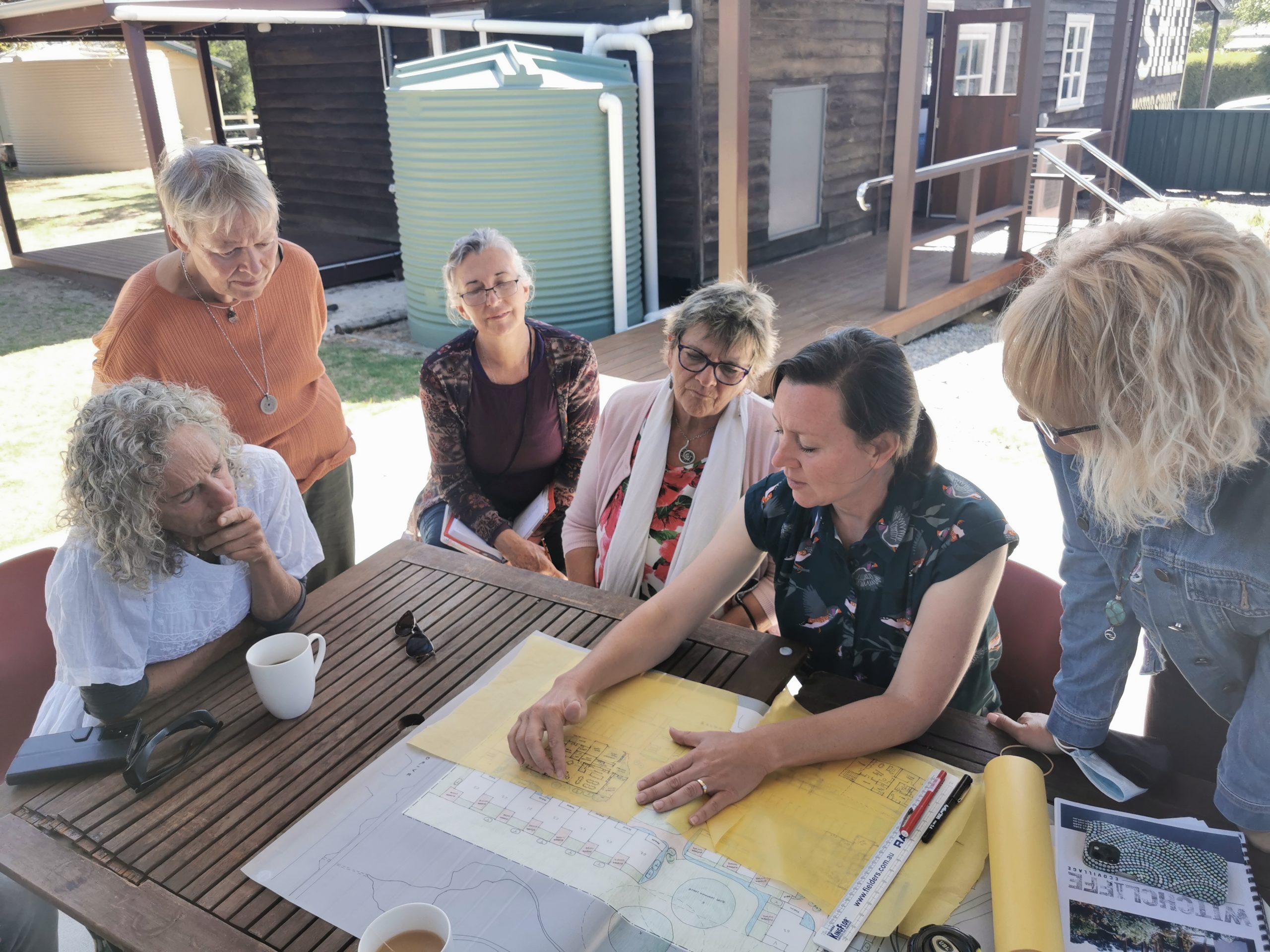

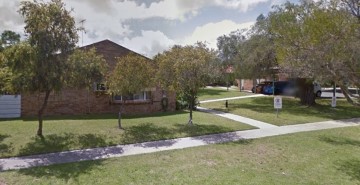
Tapper Street Mews
Tapper Street Mews
Tapper Street Mews is an 11-unit retirement village located in White Gum Valley, which was constructed in 1982.
Co-operation Housing has been providing property management services to Tapper Street Mews since July 2015.
In October 2018, Co-operation Housing (as Trustee of the Co-op Maintenance Trust) purchased the village from the City of Fremantle.
SNAPSHOT
Location: White Gum Valley, Western Australia
Date established: 1982
Number of dwellings: 11
Land area: 2,570m2
Number of residents: 11
Demographics: Over 55s
Shared facilities: Car Park & Gardens
REGISTER YOUR INTEREST
You are invited to register your interest in becoming a resident of Tapper Street Mews. When a vacancy arises, you will be contacted and invited to submit an application for residence.
ELIGIBILITY
To be eligible for consideration, you must:
- be 55 years of age or older; and
- be on a low to moderate total household income, and have total household assets of low to moderate value; and
- be able to live independently, in that you are presently capable of maintaining your own safety, health and hygiene; and
- not own a residential property; and
- be an Australian citizen or permanent resident.
Rent calculation
All tenants on fixed term leases are assessed in accordance with the Community Housing Income and Asset Limits (CHAIL) Policy - Band B. This policy is available online at the following location, or simply ask Co-operation Housing to provide you with a copy.
Under this policy, rent is calculated as 74.5% of market rent for a comparable dwelling. Tenant eligibility will be assessed against this policy upon application and thereafter upon renewal of a fixed term tenancy.

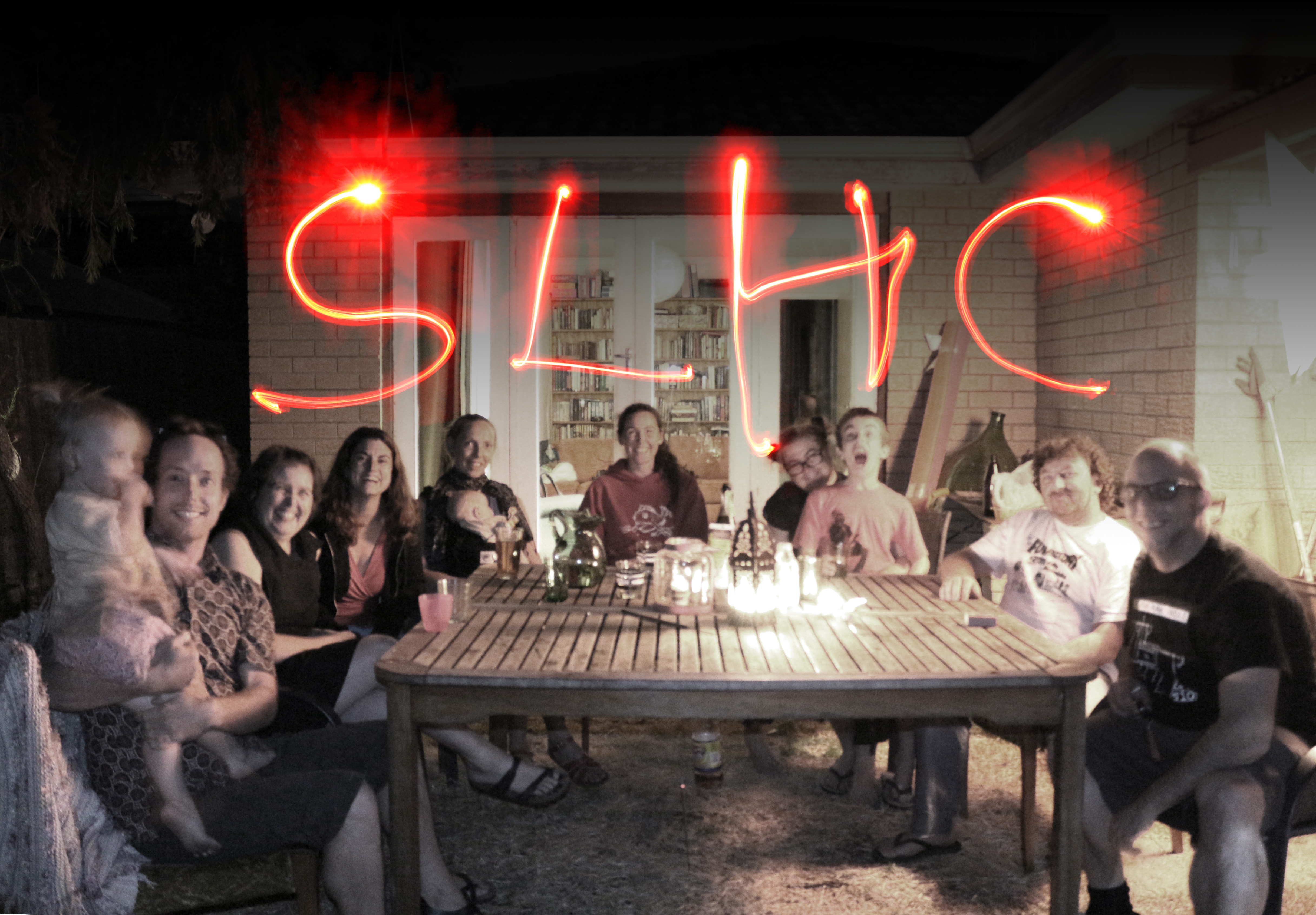
Subi-Leederville
SNAPSHOT
Location: West Leederville, North Perth, Yokine and Dianella, Western Australia
Date established: Early 1980s
Number of dwellings: 6
Land area: 2265m2 (Approximate Combined Total)
Number of residents: 13
Demographics: Inter-generational
Shared facilities: N/A
Guiding Principles
- Membership of a co-operative society should be voluntary and available without artificial restrictions or any social, political, racial or religious discrimination to all persons who can make use of its services and are willing to accept the responsibilities of membership.
- Co-operative societies are democratic organisations. Their affairs should be administered by persons elected or appointed in a manner agreed by the members and accountable to them. Members of primary societies should enjoy equal rights of voting (one member, one vote) and participation in decisions affecting their societies. In other than primary societies, the administration should be conducted on a democratic basis in a suitable form.
- Share capital should only receive a strictly limited rate of interest, if any.
- Surplus or savings, if any, arising out of the operations of a society belong to the members of that society and should be distributed in such a manner as would avoid one member gaining at the expense of others.
- All co-operative societies should make provision for the education of their members, officers, and employees and of the general public, in the principles and techniques of co-operation, both economic and democratic.
- All co-operative organisations, in order to best serve the interest of their members and their communities, should actively co-operate in every practical way with other co-operatives at local, national and international levels.
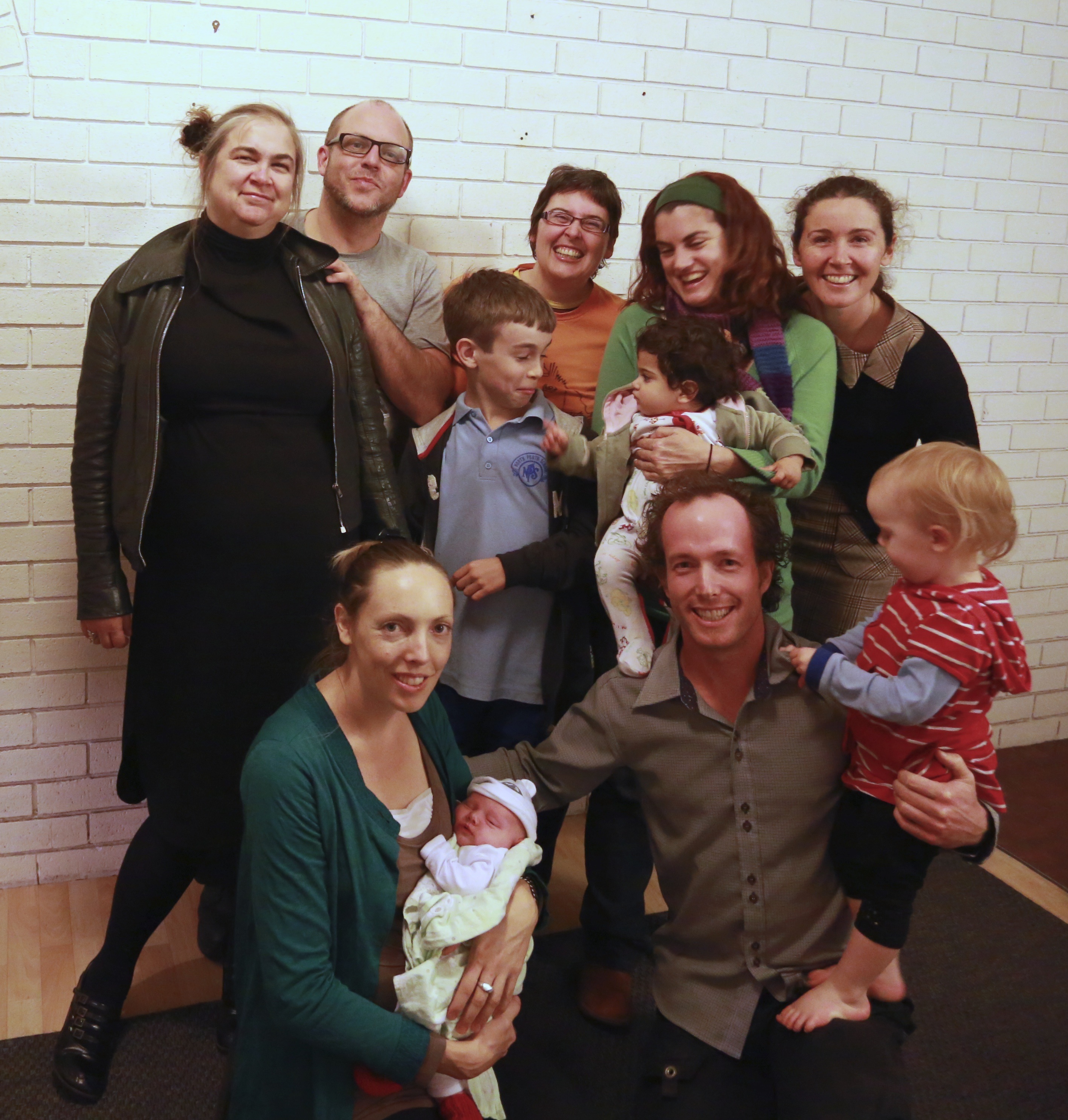
Aims:
To develop responsible tenant self-management
As well as having rights all members of housing collectives have an obligation to ensure that their collective is managed responsibly.
To build a supportive community
Providing decent, secure and affordable housing based on the principles of friendship, self-help and skill sharing.
To provide housing which is managed co-operatively and not based on profit motives
Members cannot make profit on their shares.
To make provision for education
Provide a positive learning environment for members and their families, officers and employees, and the general public in the principles and techniques of co-operation – principally within the Subiaco/Leederville Housing Collective Inc. community to energise members and combat apathy and secondly within the broader communitybased education and awareness campaigns for the general public.
To co-operate among co-operatives
In order to best serve the interests of its members and their committees, Subiaco/Leederville Housing Collective will actively co-operate in every practical way with co-operatives at local, national and international levels to strengthen and mobilise the co-operative movement and work for housing justice for all people.
History:
Subiaco Leederville Housing Collective (SLHC) began in the early 1980s, when two existing housing co-operatives were amalgamated.
What makes it special:
- SLHC is unique in WA as it is the only common equity coop situated north of the river and its 6 dwellings are not located on the same property.
- The members are diverse and creative, including artists, beekeepers, environmental scientists, musicians and film makers.
- SLHC are family oriented, and enthusiastic about environmental and community sustainability.
- SLHC meet monthly for coop business and hold bimonthly busy bees.
More information:
http://subiacoleedervillehousingco-op.blogspot.com/

Subi-Leederville
The Subiaco–Leederville Housing Collective is located across the inner-northern suburbs of Perth, and comprises six homes that are not all co-located.
It was formed in the early 1980s, and comprises six homes scattered across the suburbs of Dianella, North Perth, West Leederville and Yokine. The homes range from stand-alone houses to semi-detached and villa-style homes.
Members live in and maintain their own homes, in co-operation with each other.
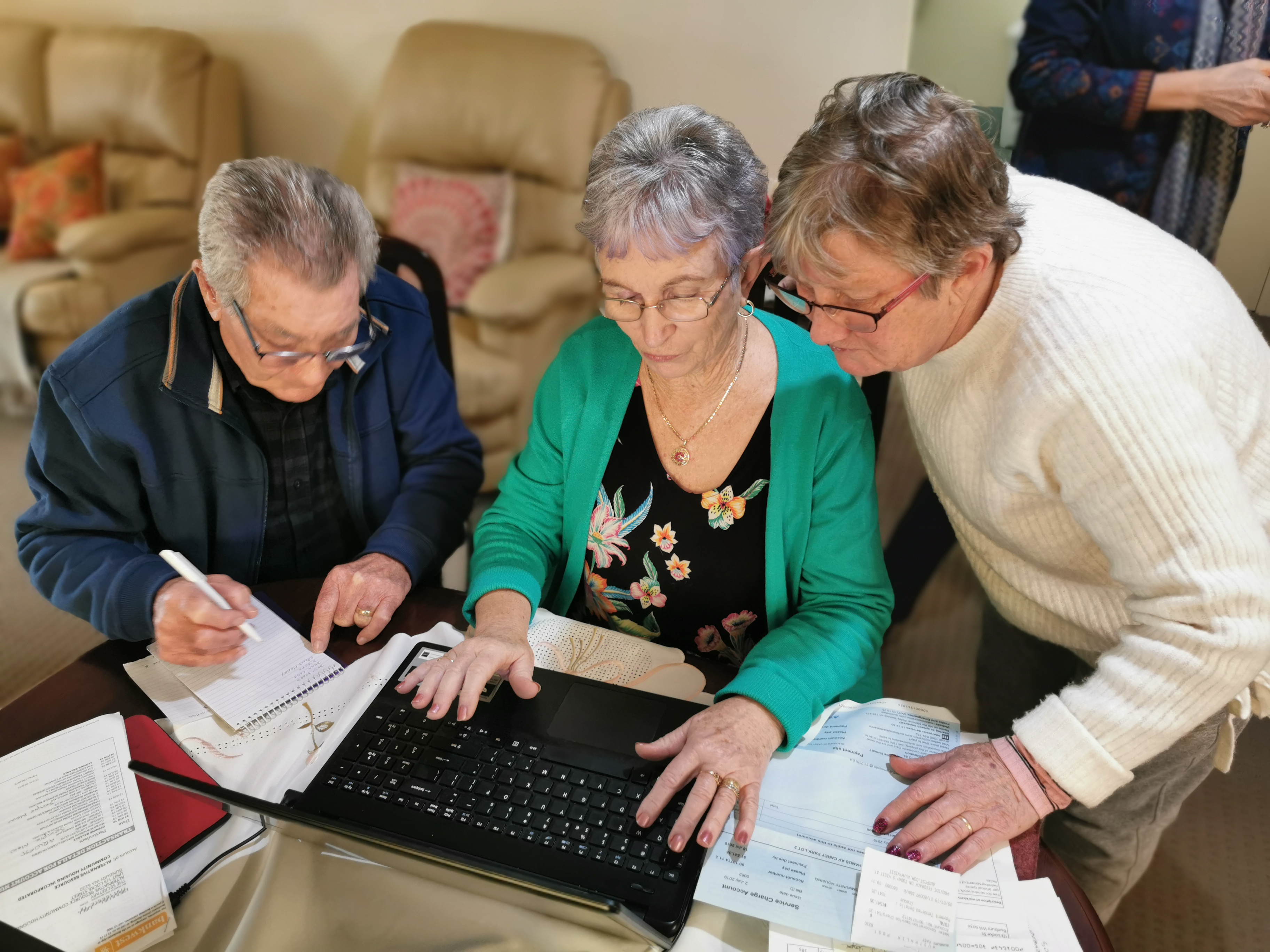
ARCH
The Alternative Resource Community Housing (ARCH) housing co-operative is located in Bunbury (approximately two hours south of Perth), and comprises eight co-located homes.
SNAPSHOT
Location: Bunbury, Western Australia
Date established: 1992
Number of dwellings: 8
Land area: 2725 square metres
Number of residents: 9
Demographics: Seniors
Shared facilities: N/A
Guiding Principles:
- Membership of a co-operative society should be voluntary and available without artificial restrictions or any social, political, racial or religious discrimination to all persons who can make use of its services and are willing to accept the responsibilities of membership.
- Co-operative societies are democratic organisations. Their affairs should be administered by persons elected or appointed in a manner agreed by the members and accountable to them. Members of primary societies should enjoy equal rights of voting (one member, one vote) and participation in decisions affecting their societies. In other than primary societies, the administration should be conducted on a democratic basis in a suitable form.
- Share capital should only receive a strictly limited rate of interest, if any.
- Surplus or savings, if any, arising out of the operations of a society belong to the members of that society and should be distributed in such a manner as would avoid one member gaining at the expense of others.
- All co-operative societies should make provision for the education of their members, officers, and employees and of the general public, in the principles and techniques of co-operation, both economic and democratic.
- All co-operative organisations, in order to best serve the interest of their members and their communities, should actively co-operate in every practical way with other co-operatives at local, national and international levels.
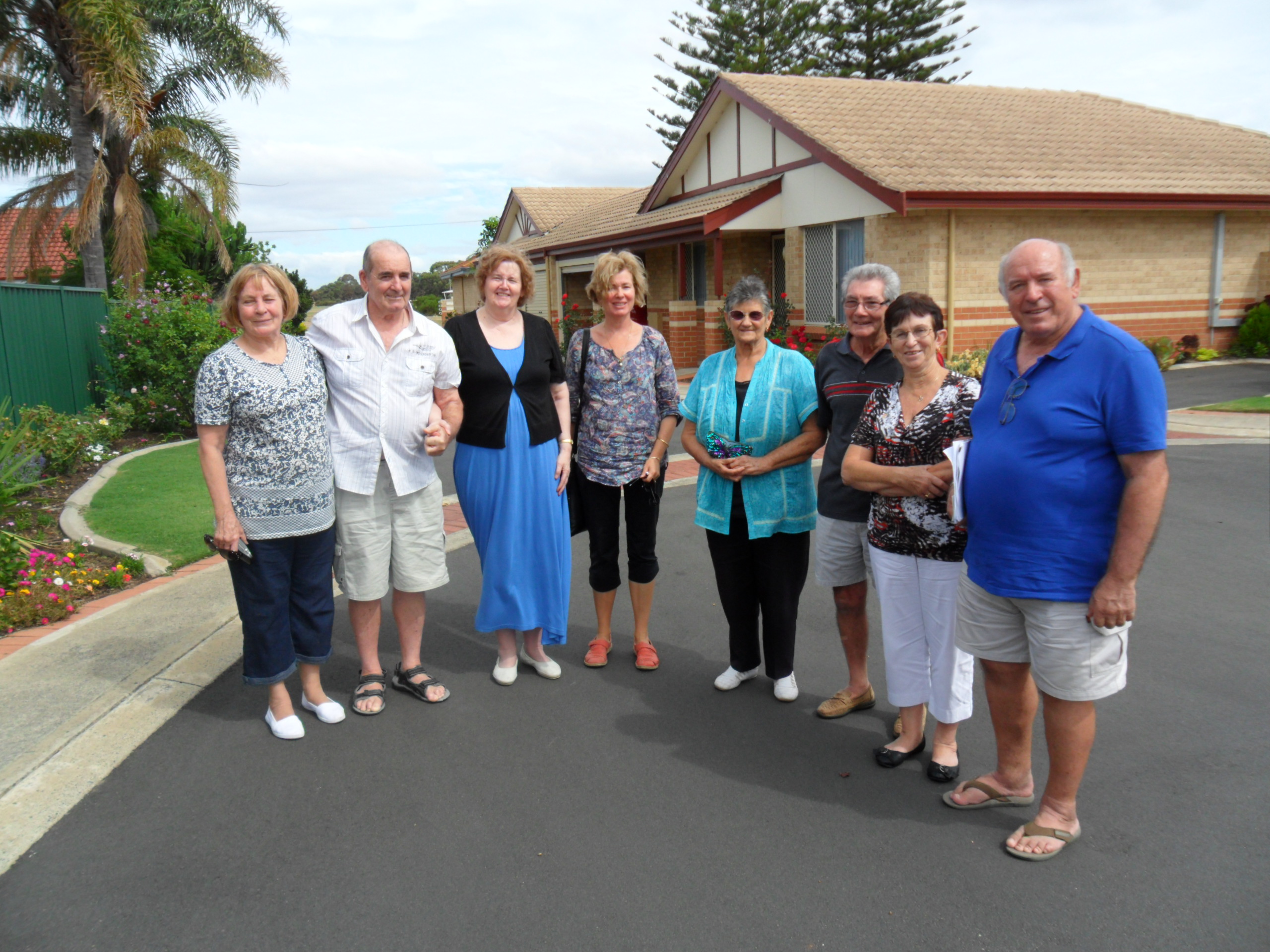
Aims:
To develop responsible tenant self-management
As well as having rights all members of housing collectives have an obligation to ensure that their collective is managed responsibly.
To build a supportive community
Providing decent, secure and affordable housing based on the principles of friendship, self-help and skill sharing.
To provide housing which is managed co-operatively and not based on profit motives
Members cannot make profit on their shares.
To make provision for education
Provide a positive learning environment for members and their families, officers and employees, and the general public in the principles and techniques of co-operation – principally within the Alternative Resource Community Housing Inc. community to energise members and combat apathy and secondly within the broader communitybased education and awareness campaigns for the general public.
To co-operate among co-operatives
In order to best serve the interests of its members and their communities, Alternative Resource Community Housing Inc. will actively co-operate in every practical way with co-operatives at local, national and international levels to strengthen and mobilise the co-operative movement and work for housing justice for all people.
History:
It began in 1992, when a group of people began meeting to discuss their common need for affordable housing with security of tenure and a sense of community. The group successfully applied for Commonwealth funding for land and building, and in 1997 the founding residents moved into their new homes.
What makes it special:
- The Alternative Resource Community Housing (ARCH) housing co-operative is located in Bunbury (approximately two hours south of Perth), and comprises eight co-located homes.
- ARCH comprises eight purpose-built two-bedroom villas, which are currently occupied mainly by people over 50.
- Members describe themselves as a family of like-minded seniors living in a community where everyone looks out for each other. They take great pride in their homes, which are superbly maintained and surrounded by beautifully tended flower and vegetable gardens. The place feels peaceful, orderly and loved
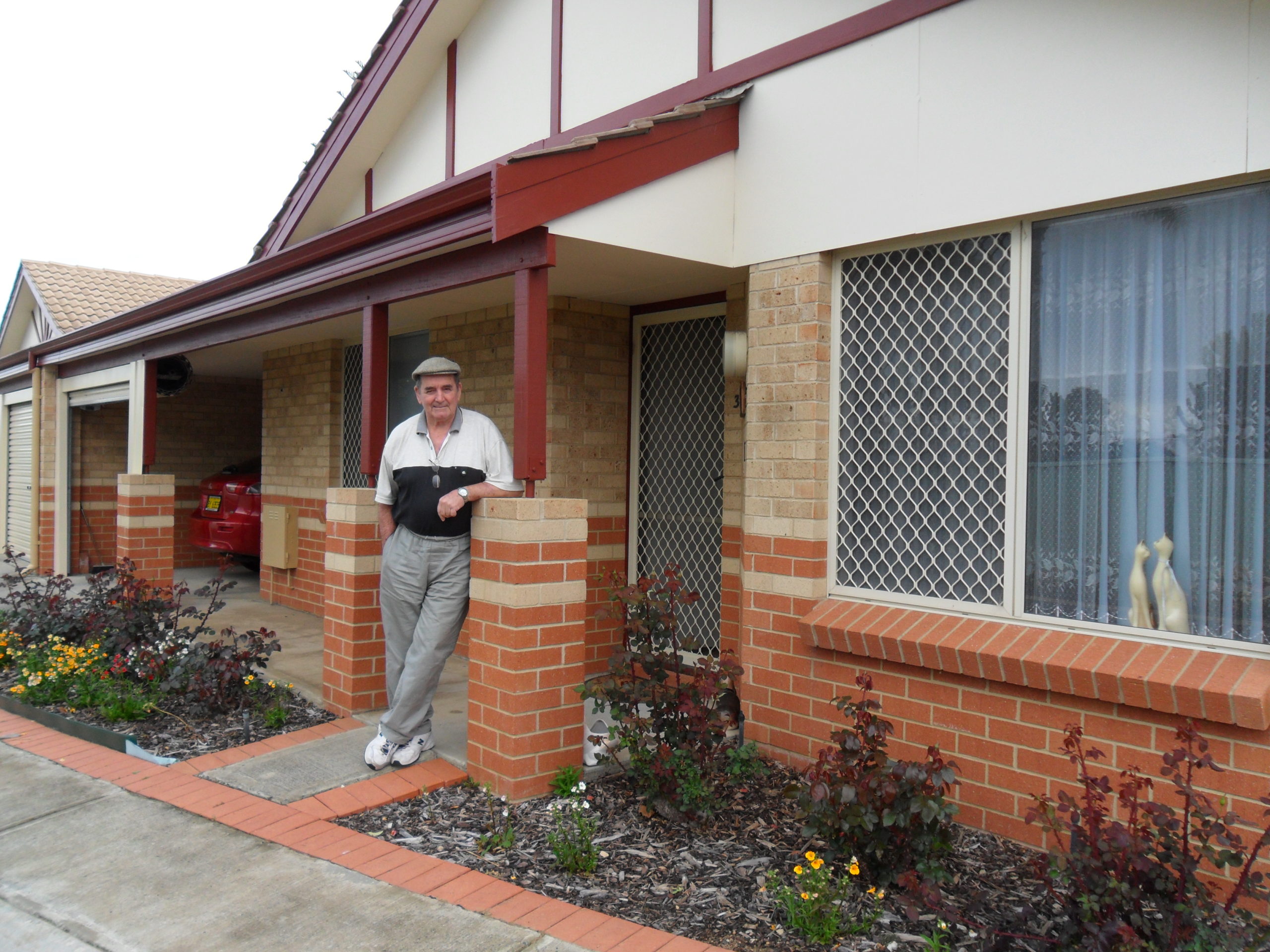
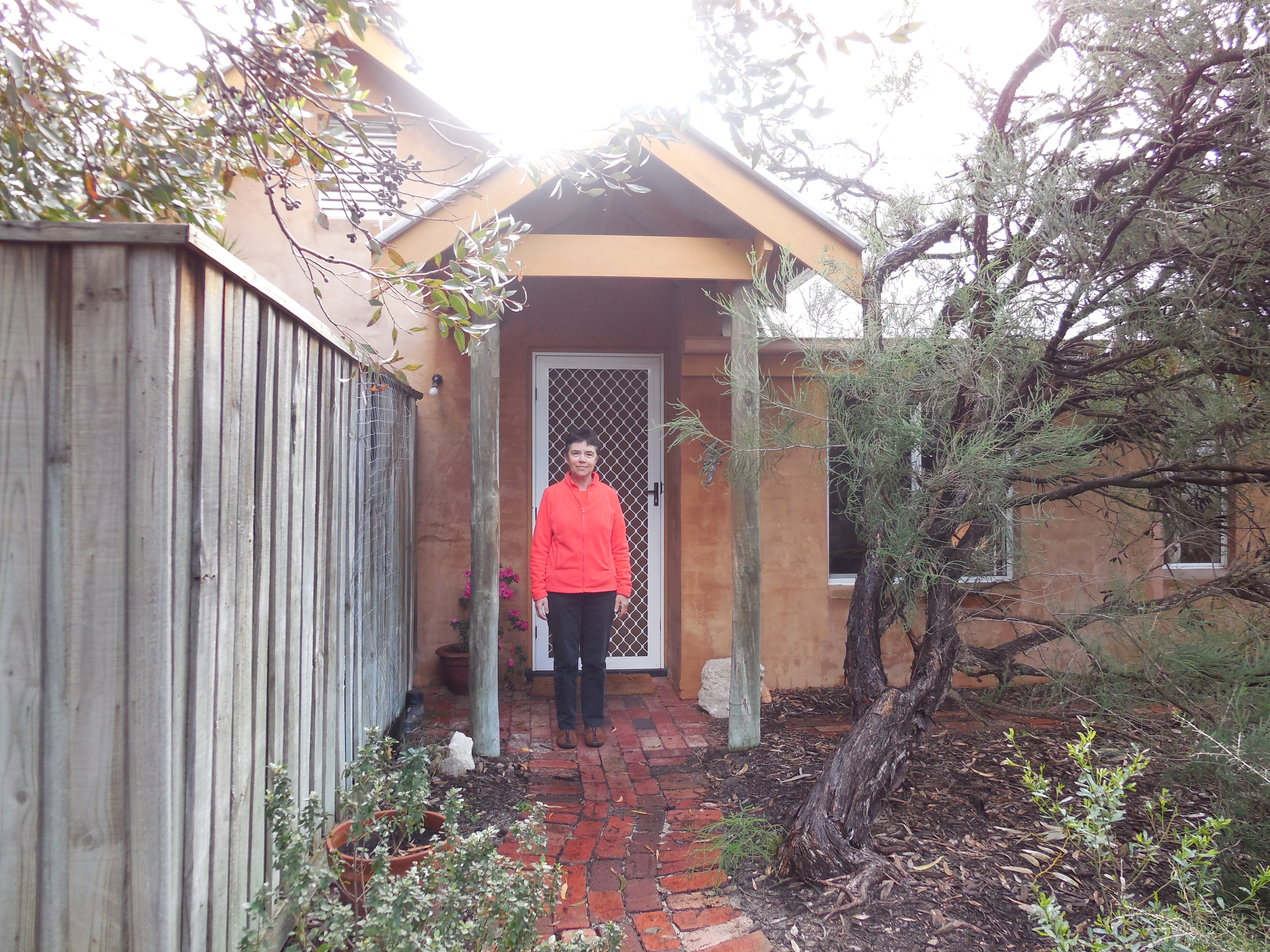
First Fremantle
First Fremantle Housing Collective
First Fremantle Housing Collective began in 1985, when the founding committee lodged an application for funding under the Local Government Community Housing Program (LGCHP). Land owned by the State was purchased and the State also guaranteed the loan.
SNAPSHOT
Location: Fremantle, Western Australia
Date established: 1987
Number of dwellings: 14
Land area: 4,986 square metres
Number of residents: 33
Demographics: Inter-generational
Shared facilities: Gardens and a common house, which includes a kitchen, hall, office, and a laundry.
Guiding Principles
- Membership of a co-operative society should be voluntary and available without artificial restrictions or any social, political, racial or religious discrimination to all persons who can make use of its services and are willing to accept the responsibilities of membership.
- Co-operative societies are democratic organisations. Their affairs should be administered by persons elected or appointed in a manner agreed by the members and accountable to them. Members of primary societies should enjoy equal rights of voting (one member, one vote) and participation in decisions affecting their societies. In other than primary societies, the administration should be conducted on a democratic basis in a suitable form.
- All co-operative societies should make provision for the education of their members, officers, and employees and of the general public, in the principles and techniques of co-operation, both economic and democratic.
- All co-operative organisations, in order to best serve the interest of their members and their communities, should actively co-operate in every practical way with other co-operatives at local, nation and international levels.
Aims
To develop responsible tenant self-management
- As well as having rights all members of housing collectives have an obligation to ensure that their collective is managed responsibly.
To build a supportive community
- Providing decent, secure and affordable housing based on the principles of friendship, self-help and skill sharing.
To provide housing which is managed co-operatively and not based on profit motives.
To make provision for education
- Provide a positive learning environment for members and their families, officers and employees, and the general public in the principles and techniques of co-operation – principally within the First Fremantle Housing Collective community to energise members and combat apathy and secondly within the broader communitybased education and awareness campaigns for the general public.
To co-operate among co-operatives
- In order to best serve the interests of its members and their committees, First Fremantle Housing Collective will actively co-operate in every practical way with co-operatives at local, national and international levels to strengthen and mobilise the co-operative movement and work for housing justice for all people.
What makes it special
- The development consist of three, 2 storey terrace houses and three, single storey detached houses for families, four semi-detached houses for couples and four semi-detached houses for singles.
- No car parking is provided adjacent to the dwellings in order to retain the natural environment. Instead parking is provided in communal areas on the perimeter.
- The hall is also made available to outside groups to promote the integration of the co-operative into the general community.
More information

